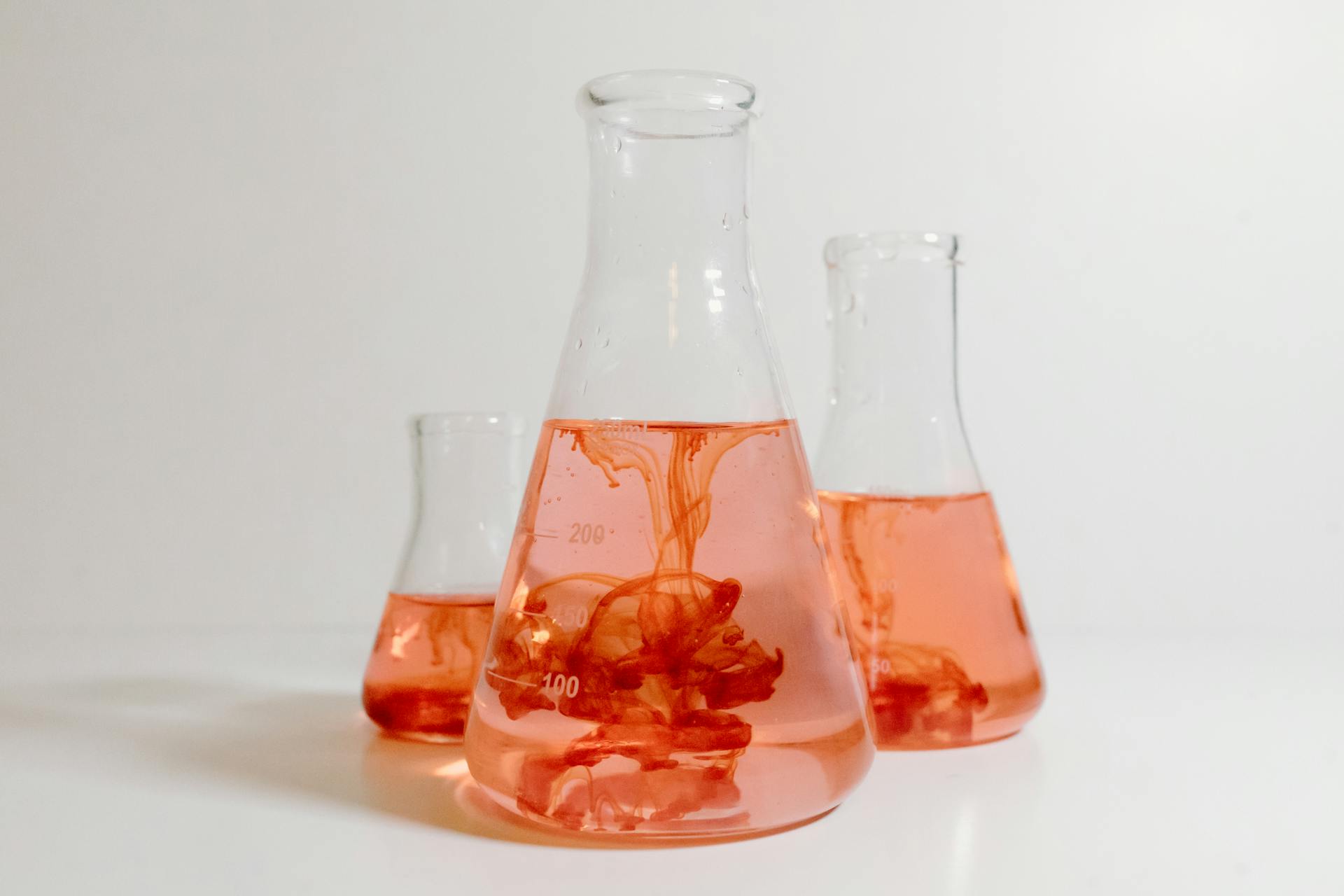U.S. News
How the FDA’s Ban on Red Dye No. 3 Will Change 17 Popular Products
By Jake Beardslee · January 17, 2025
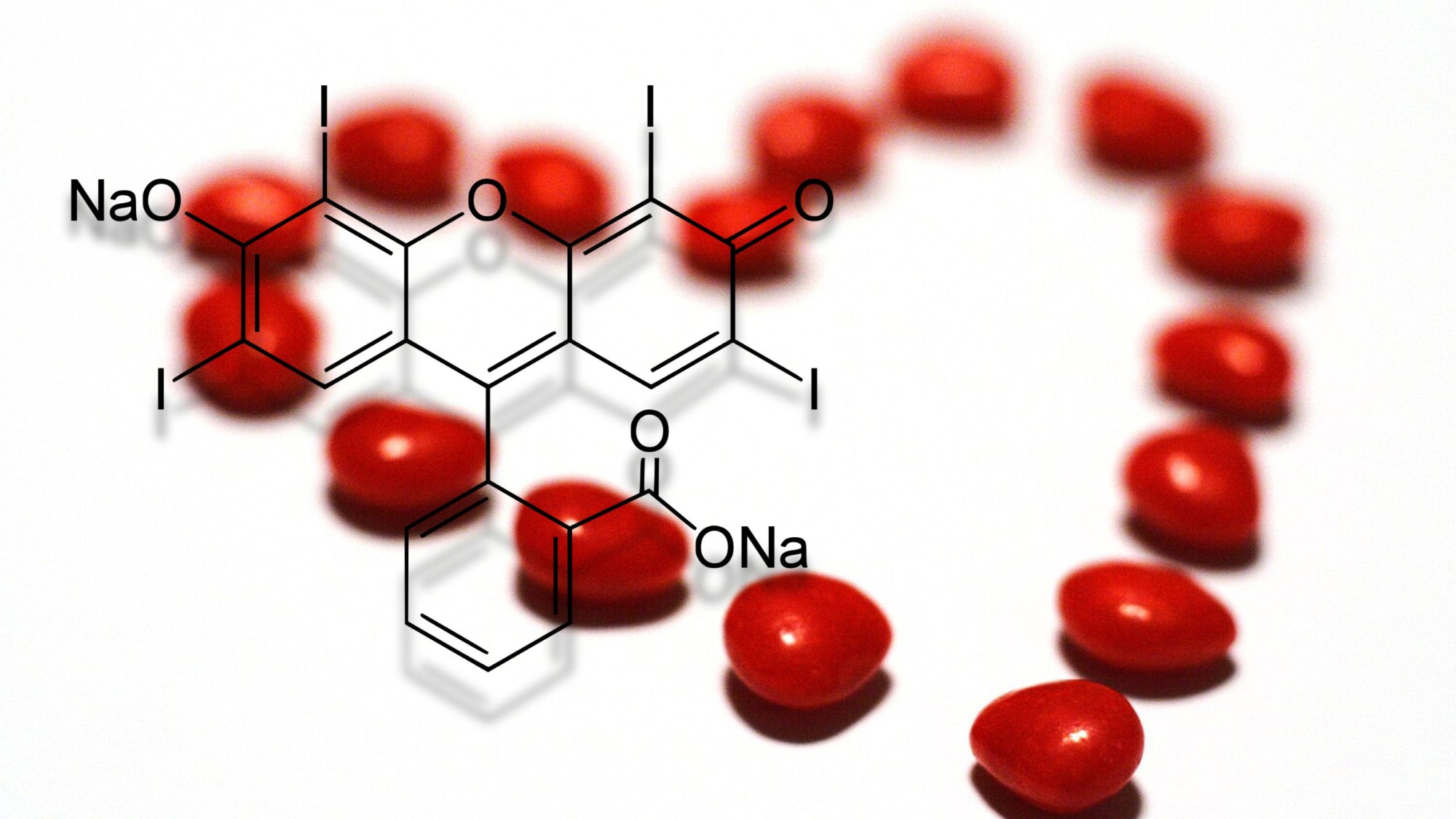
Here are 17 common products likely to be affected by this ban and how it might change what we see on shelves. PD-US / Michelle Tribe / Wikimedia

What Is Red No. 3?
Red No. 3, also known as erythrosine, is a petroleum-based color additive widely used to give foods, beverages, and ingested drugs a bright cherry-red hue. The U.S. Food and Drug Administration (FDA) notes its common presence in products such as candy, cakes, frozen desserts, frosting, and some medications. According to the Environmental Working Group (EWG), a nonprofit focused on environmental and public health, more than 3,000 consumer products currently contain Red No. 3.While Red No. 3 was banned from cosmetics in the U.S. in 1990 due to evidence linking high doses of the dye to cancer in laboratory rats, it remains one of nine synthetic dyes approved for use in food products. Other FDA-approved dyes include Blue No. 1, Blue No. 2, Green No. 3, Red 40, Yellow 5, Yellow 6, Citrus Red, and Orange B, all of which are used to enhance the visual appeal of consumables. PD-US / Wikimedia
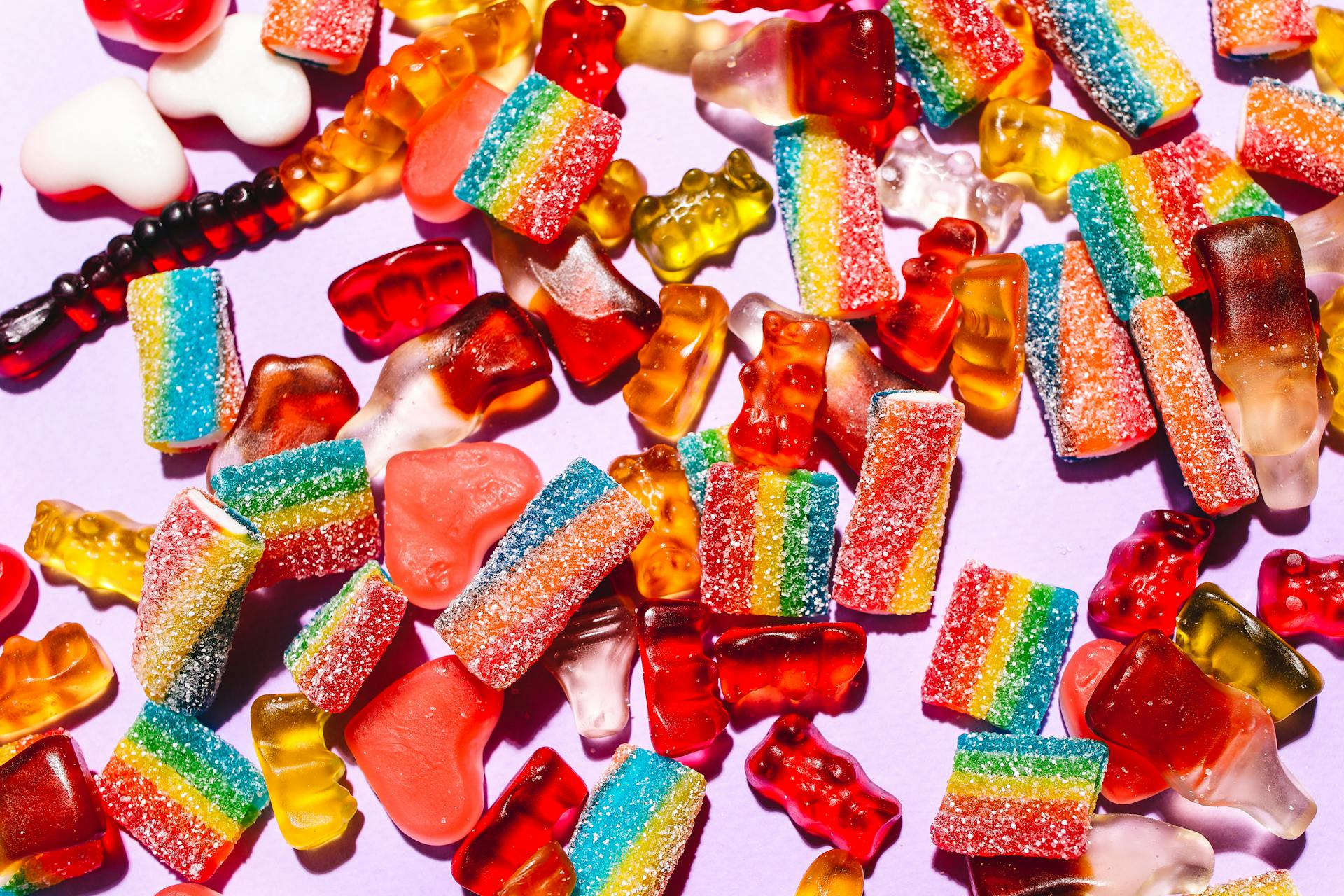
Gummy Bears and Chewy Candies
Red gummy bears and other chewy candies like licorice ropes often depend on Red No. 3 for their juicy, cherry-like appearance. Reformulating these could involve plant-based dyes, potentially affecting the candies' translucency and vibrancy. Polina Tankilevitch / Pexels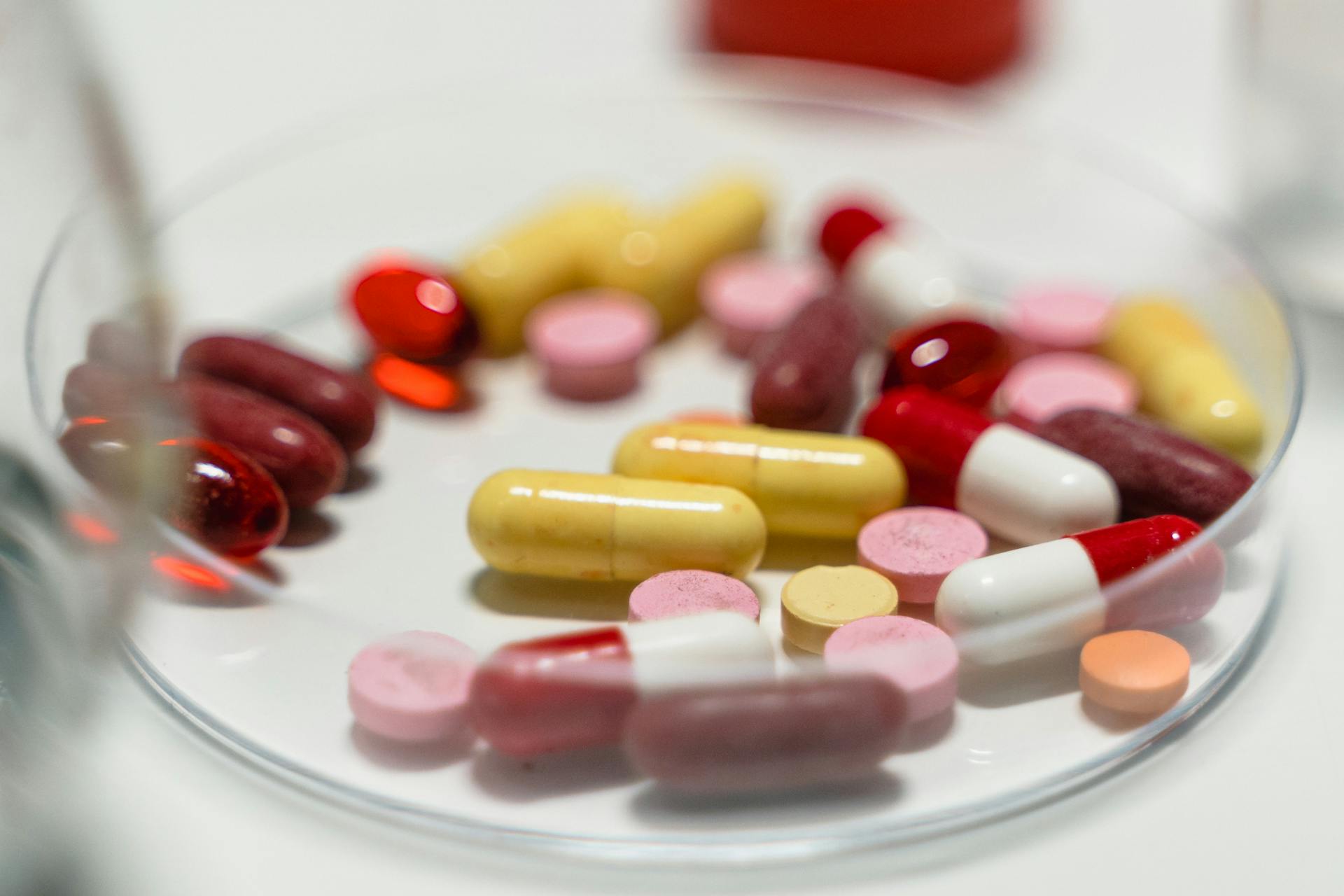
Medications
Liquid medications and pill coatings often use Red No. 3 to create distinct colors for easy identification. Reformulations may lead to changes in appearance, potentially requiring new labeling to ensure consumers can recognize their medicines. MART PRODUCTION / Pexels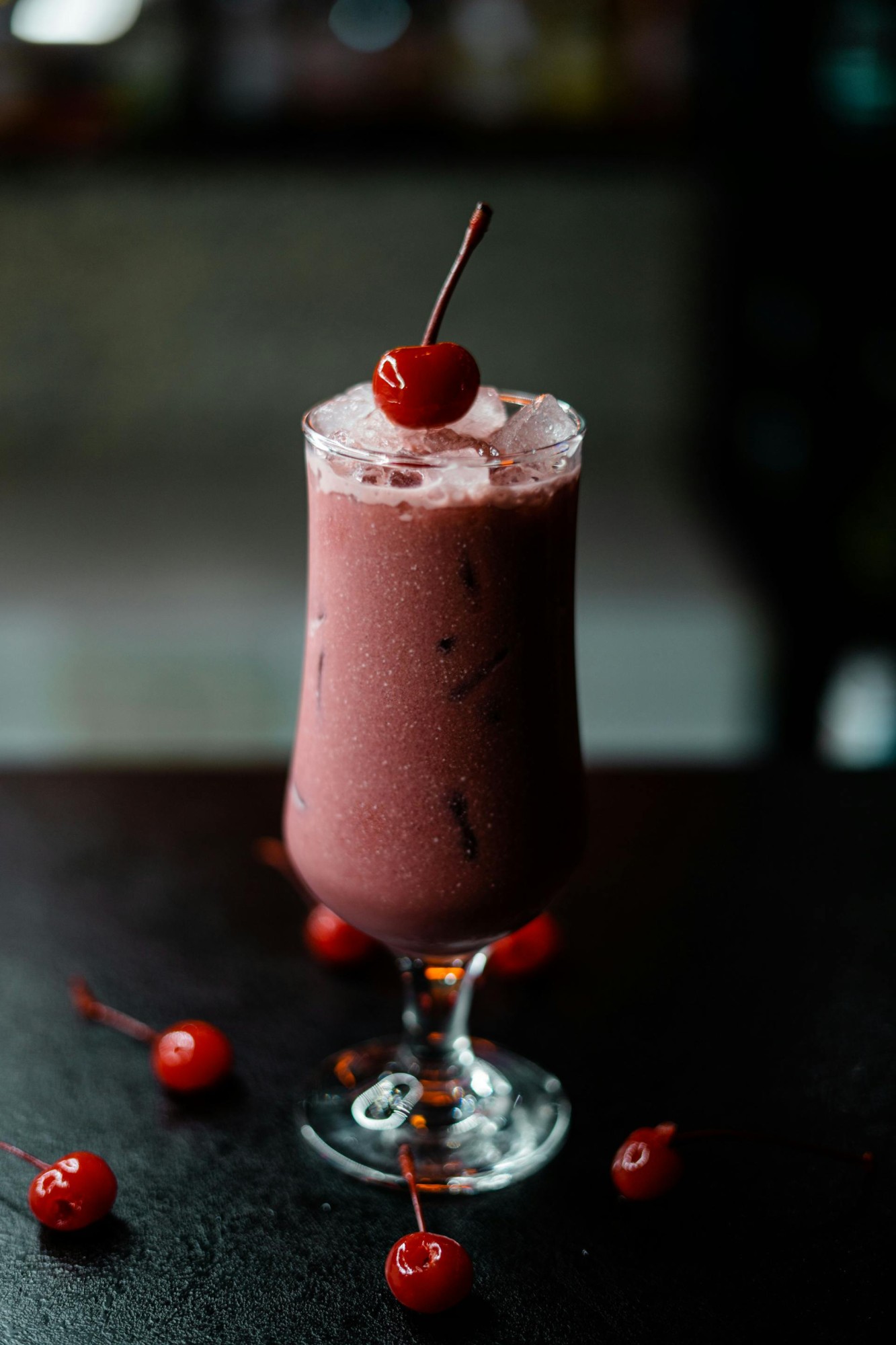
Maraschino Cherries
Those neon-red cherries perched on sundaes or cocktails owe their iconic look to Red No. 3. Manufacturers might replace it with natural alternatives, possibly resulting in a darker or more muted red. Collab Media / Pexels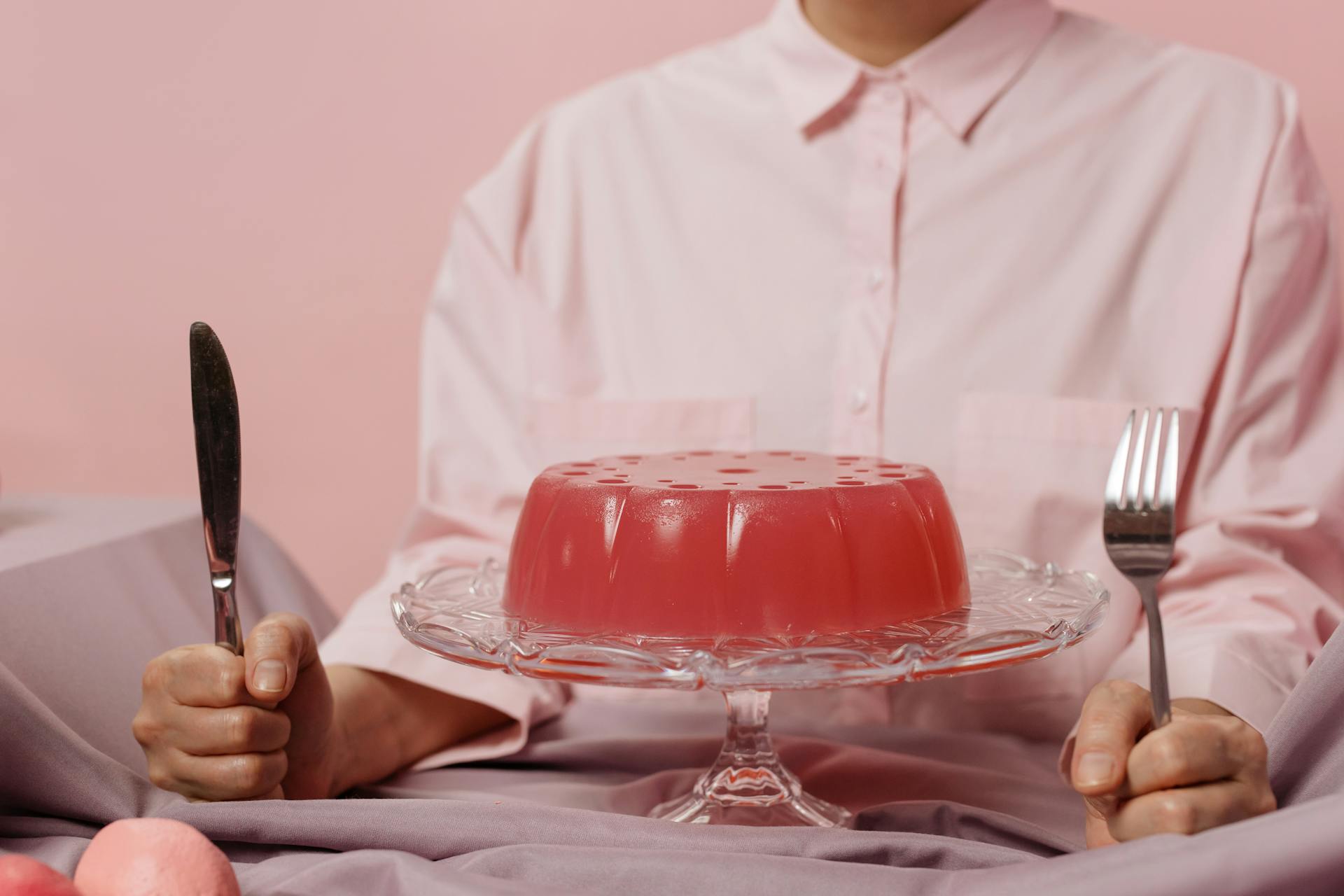
Gelatin Desserts
Bright red cherry- and strawberry-flavored gelatin is a staple at parties and potlucks. Without Red No. 3, these desserts may appear less vivid and slightly cloudier, especially if natural colorings like carmine or anthocyanins are used. cottonbro studio / Pexels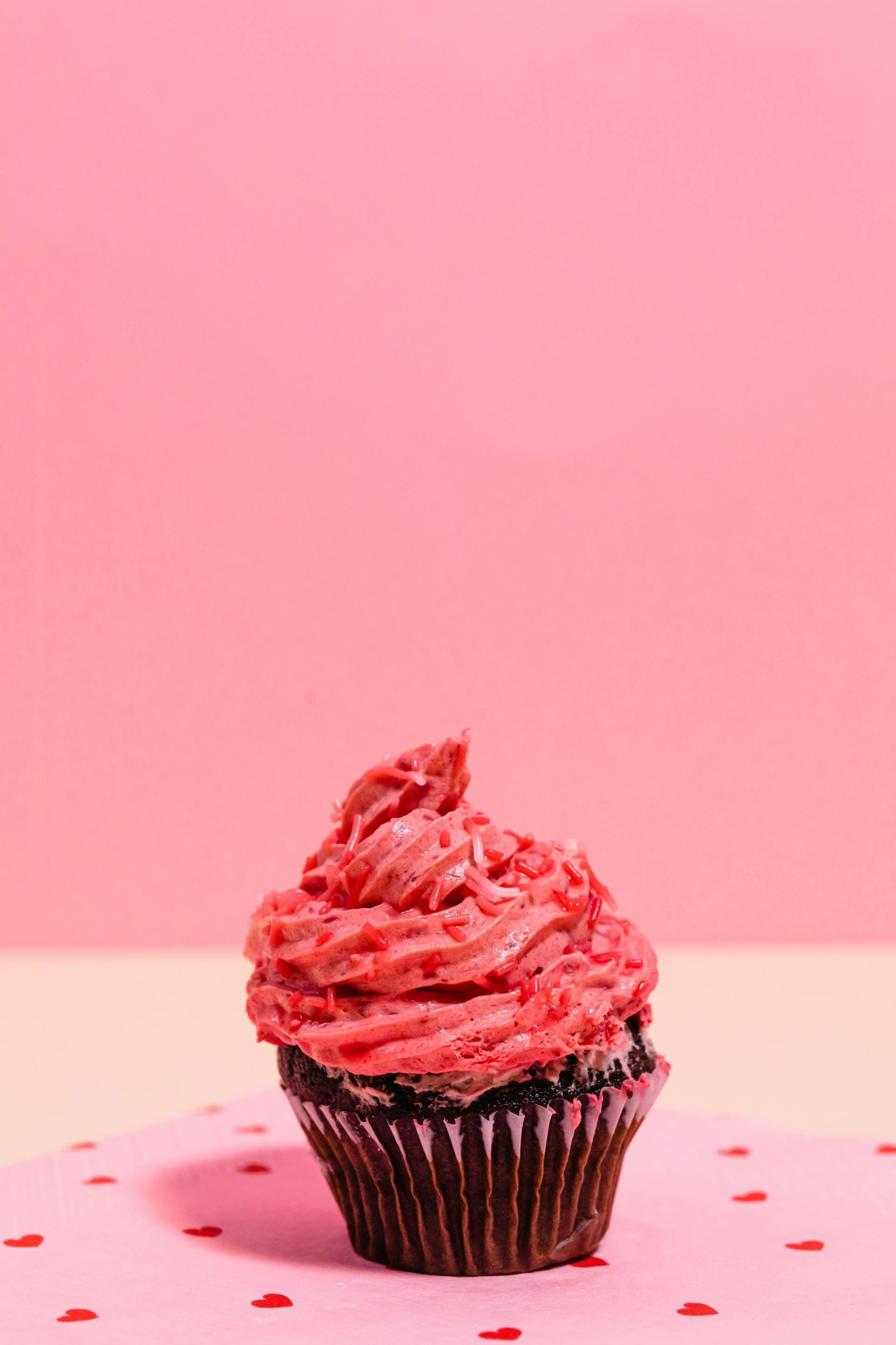
Cake Frosting
Brightly colored frostings, particularly those in shades of red or pink, heavily depend on synthetic dyes like Red No. 3. As manufacturers adapt, you may notice more muted tones and potentially different textures if natural colorants are introduced. Kaboompics.com / Pexels
Hard Candies
Cherry-flavored lollipops and similar hard candies rely on Red No. 3 for their jewel-like brightness. Replacing it with plant-based dyes may make these candies look cloudier or less glossy. Fiona Murray / Pexels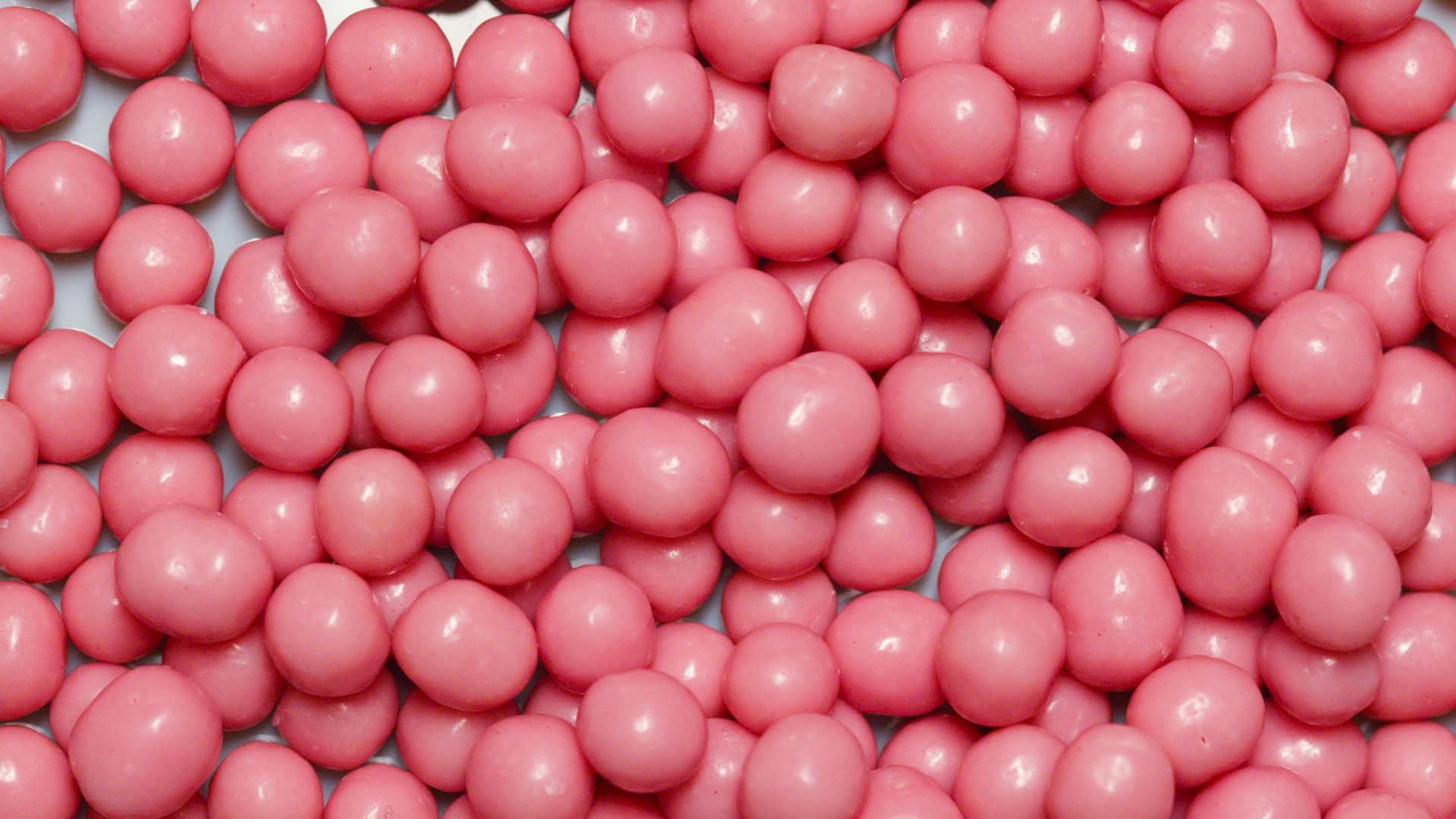
Chewing Gum
Bubblegum and fruity gums, especially those in bright red or pink shades, are heavily reliant on synthetic dyes. Reformulations may impact not only their color but also the gum's packaging and marketing appeal. Artem Podrez / Pexels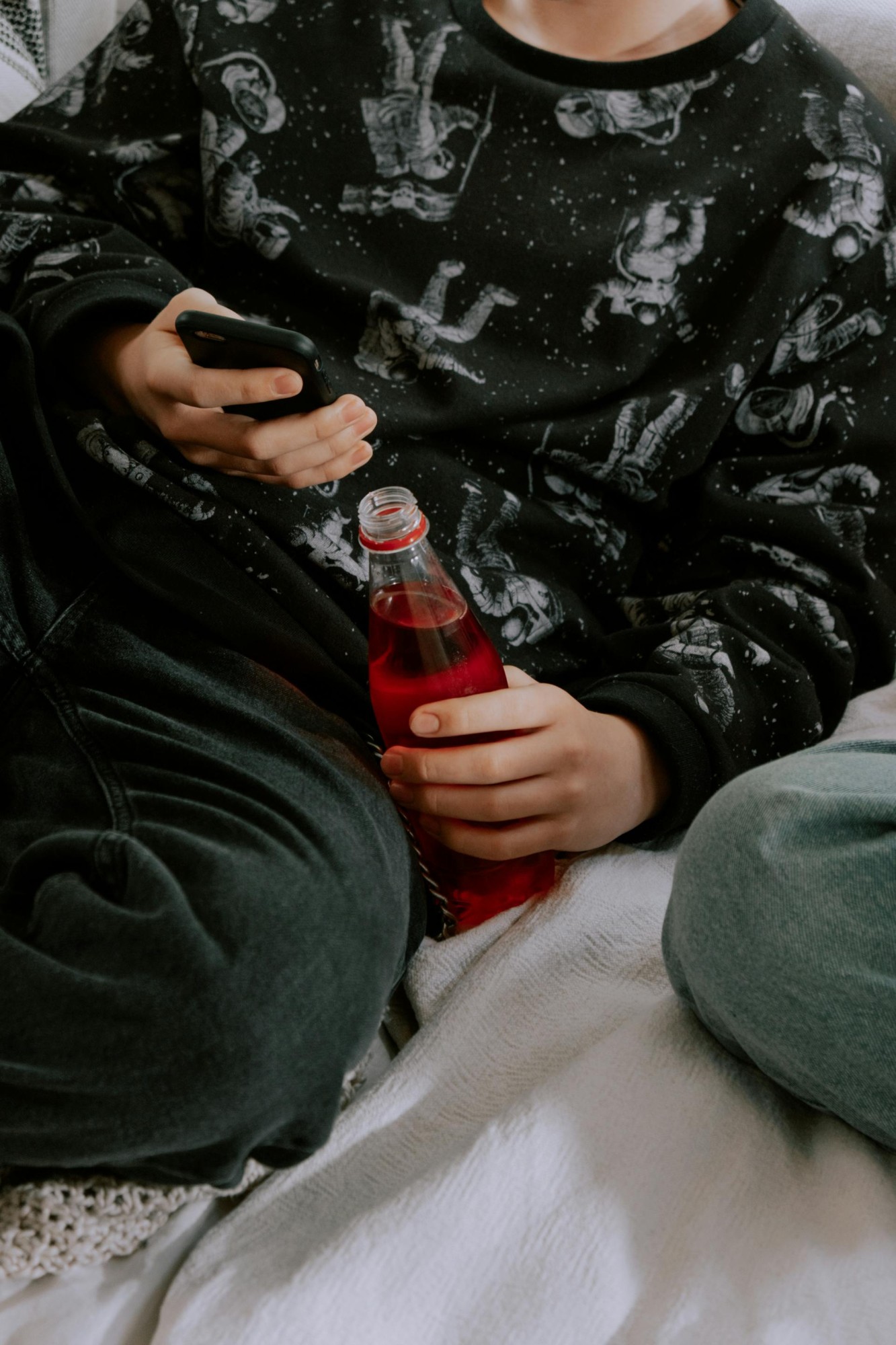
Energy Drinks
Many energy drinks feature bold, bright red hues to match their aggressive marketing. Switching to natural dyes may affect not only the color but also the clarity of the liquid, making it appear less sharp and artificial. cottonbro studio / Pexels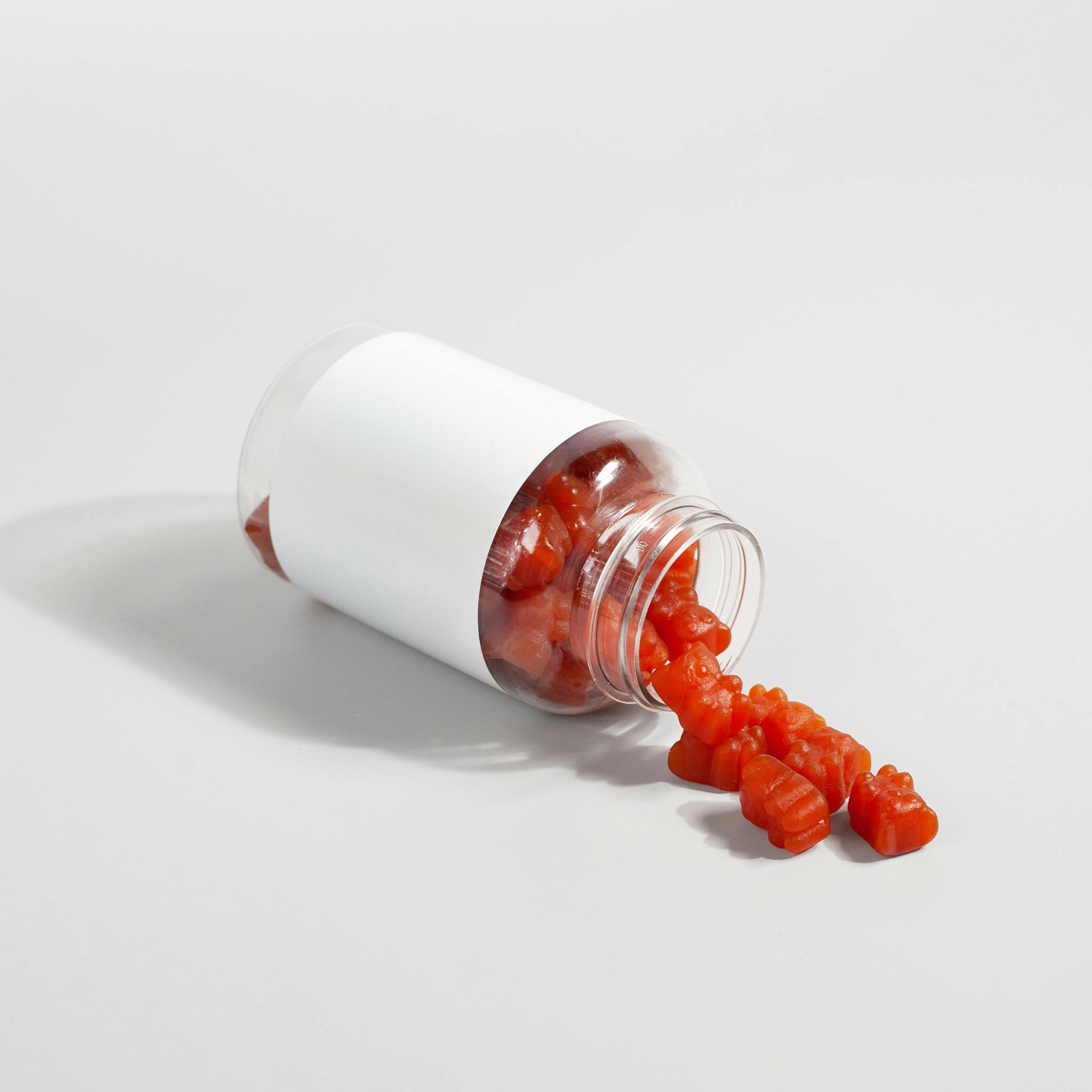
Vitamin Gummies
Multivitamin gummies, often designed to look and taste like candy, frequently rely on synthetic dyes. As manufacturers turn to plant-based colorings, the gummies may lose their sharp, glossy finish and bright hues. Supplements On Demand / Pexels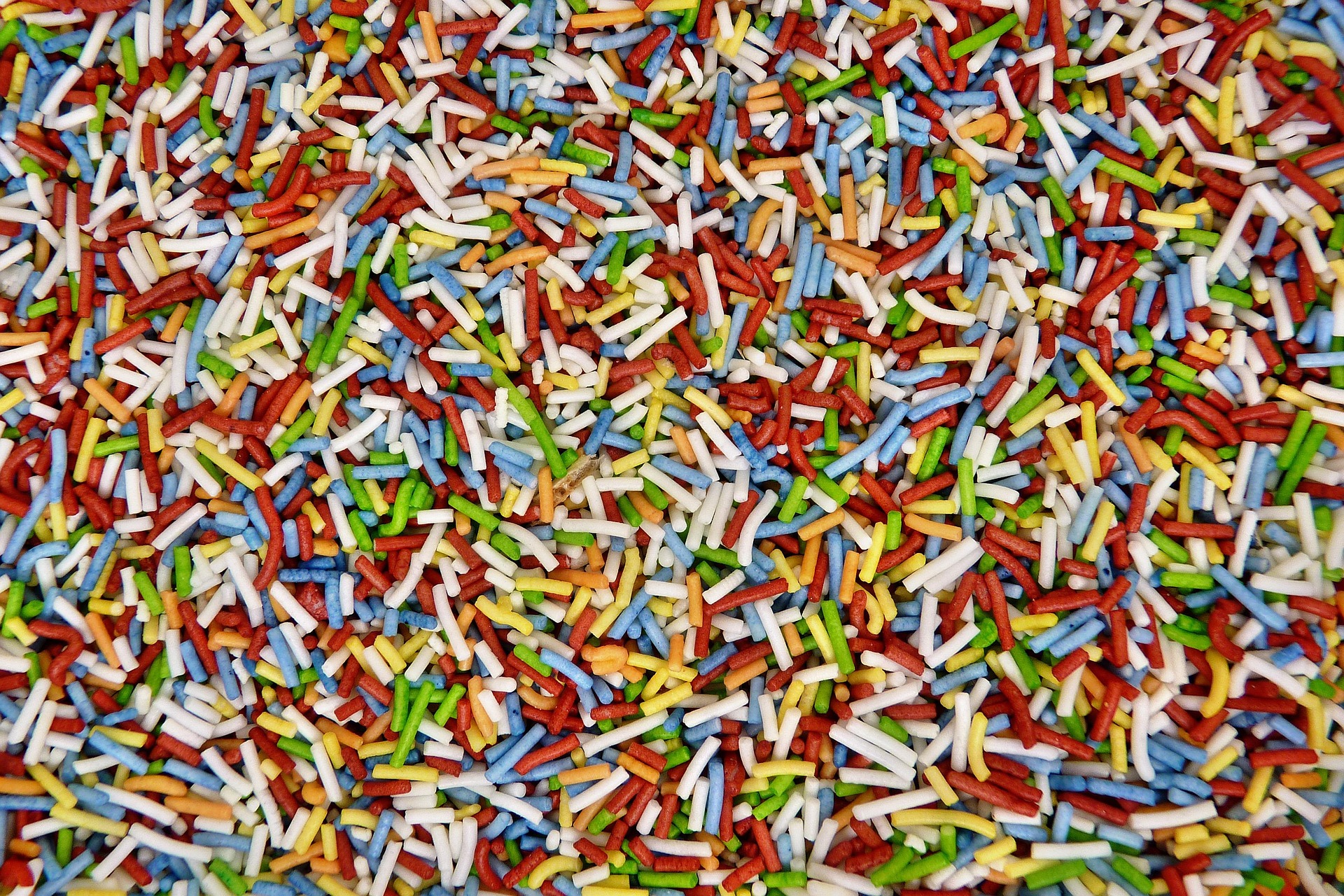
Baking Sprinkles
Red sprinkles used for decorating cookies and cupcakes are currently bright and bold thanks to Red No. 3. Natural replacements might produce softer hues, leading to a more rustic and organic appearance. eismannhans / Pexels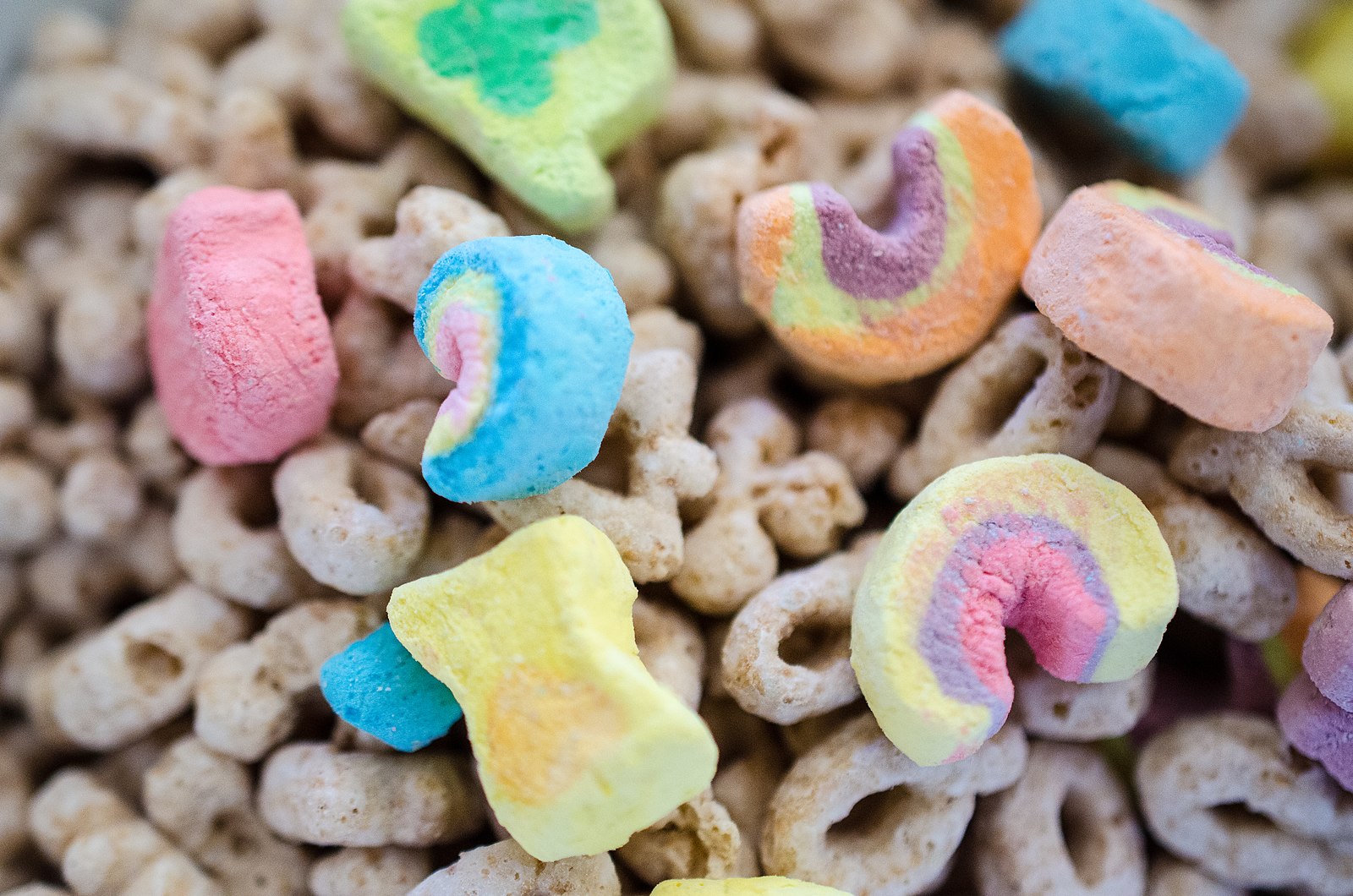
Breakfast Cereals
Many cereals, especially those with red fruit-shaped pieces or colorful marshmallows, use Red No. 3 for their bright and playful look. Without the dye, these cereals may adopt softer, more muted tones, making them look less artificial but potentially more natural. m01229 / Wikimedia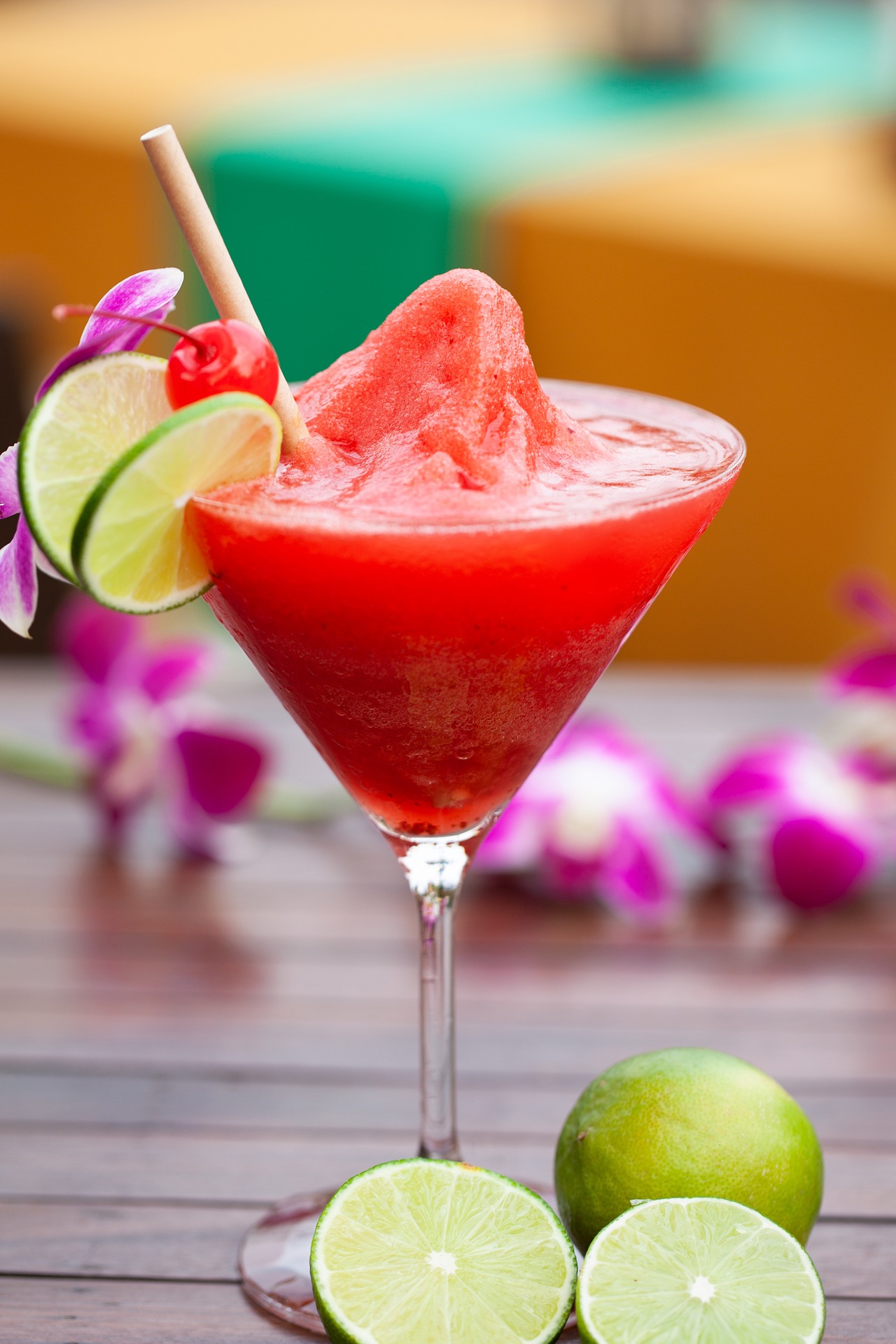
Cocktail Mixes
Pre-made margarita or daiquiri mixes in red flavors like strawberry and cherry often use Red No. 3 for their eye-catching color. New versions might embrace a more muted or translucent appearance, particularly if plant-based alternatives are adopted. kan_chansathya / Pexels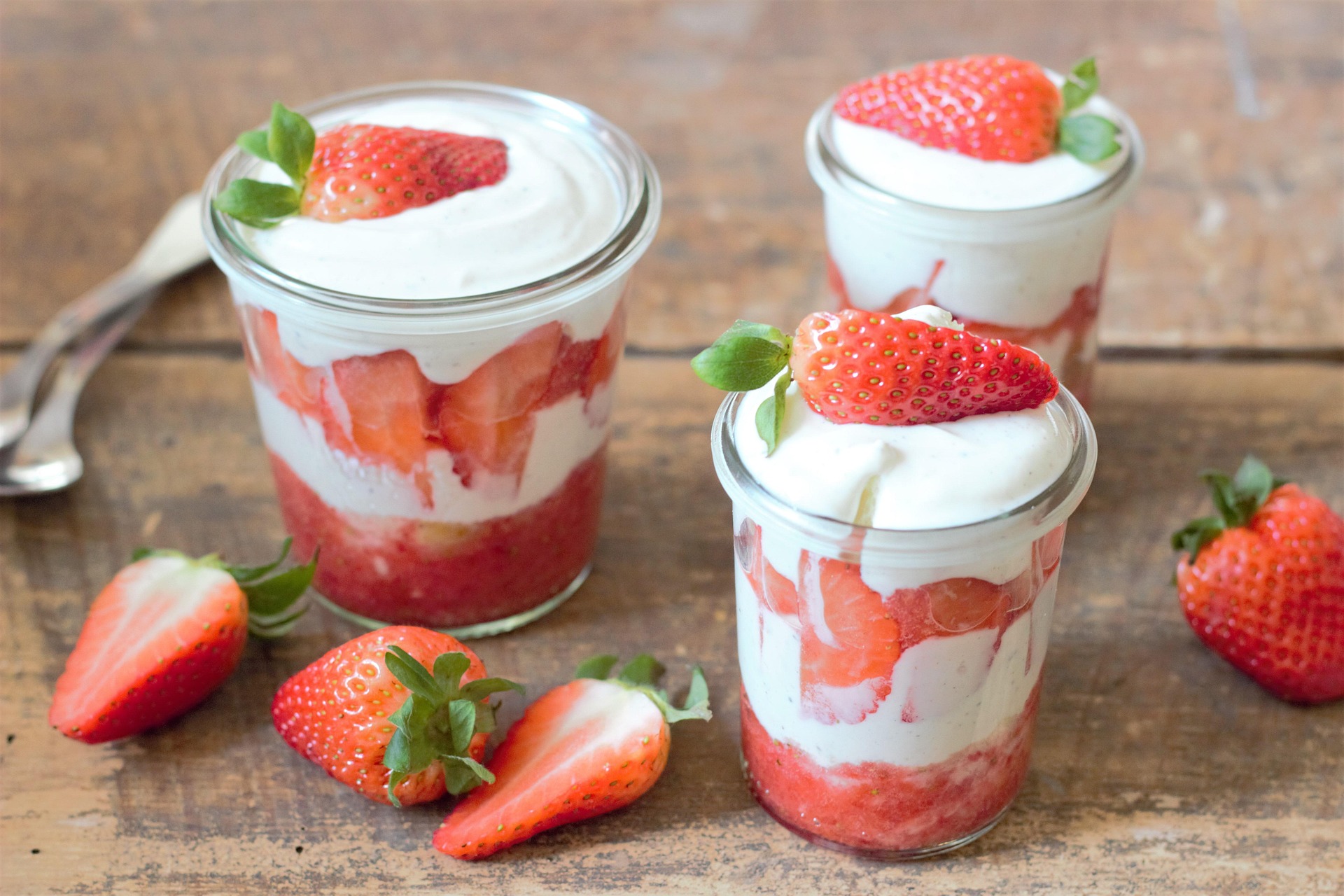
Fruit-Flavored Yogurts
Strawberry- and cherry-flavored yogurts frequently use Red No. 3 to enhance their color and make the fruit content more visually appealing. Future formulations may lean into natural dyes like berry concentrates, resulting in a darker or more uneven color. Einladung_zum_Essen / Pixabay
Protein Bars
Certain protein bars and meal replacements with strawberry or cherry flavors often incorporate Red No. 3 to emphasize the fruit content. Natural replacements could lead to more muted or slightly earthy tones in these health-oriented products. Tom Verdoot / Pexels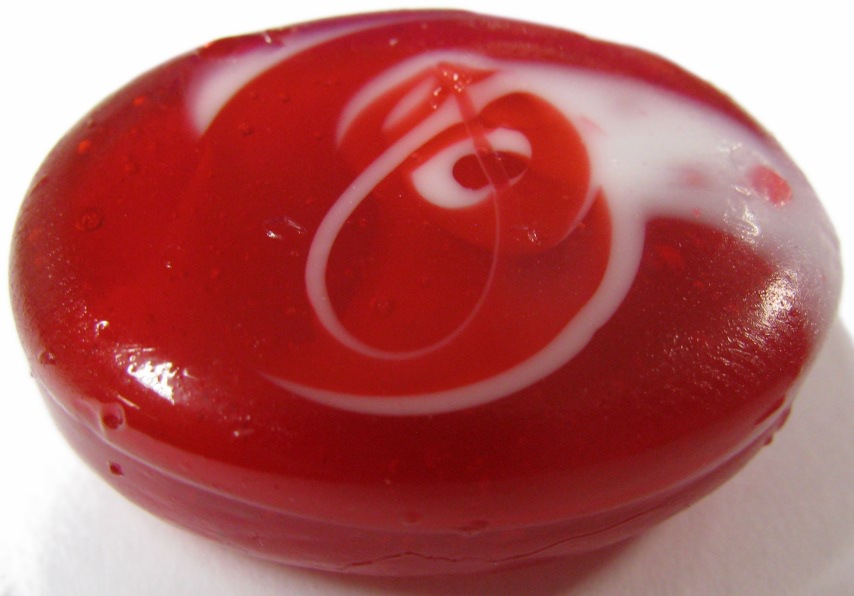
Cough Drops
Bright red cough drops, particularly cherry-flavored ones, rely on Red No. 3 for their bold, comforting look. Reformulated versions may adopt darker, more natural hues from ingredients like elderberry or hibiscus. Slashme / Wikimedia
Candy Canes
Red stripes on classic candy canes are often made vivid with Red No. 3. Future batches might feature softer, darker reds derived from natural sources like carmine or paprika extract, which could alter the traditional holiday aesthetic. Brigitte Tohm / Pexels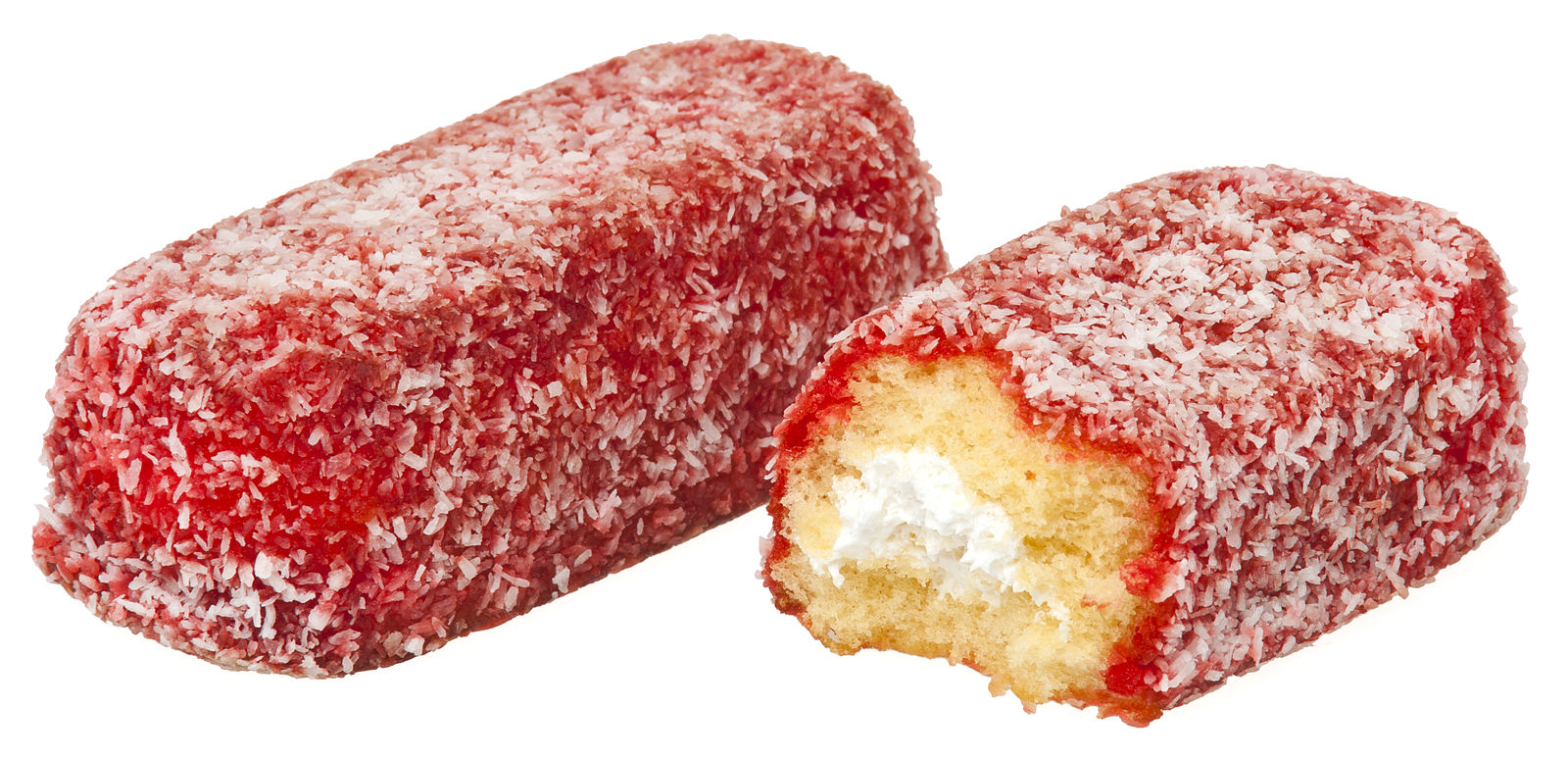
Snack Cakes
Snack cakes with strawberry or cherry flavorings often feature pink or red coloring in their frosting or filling. Expect subtler colors and potentially different tastes as plant-based alternatives like beet or hibiscus extract are introduced. Evan-Amos / Wikimedia